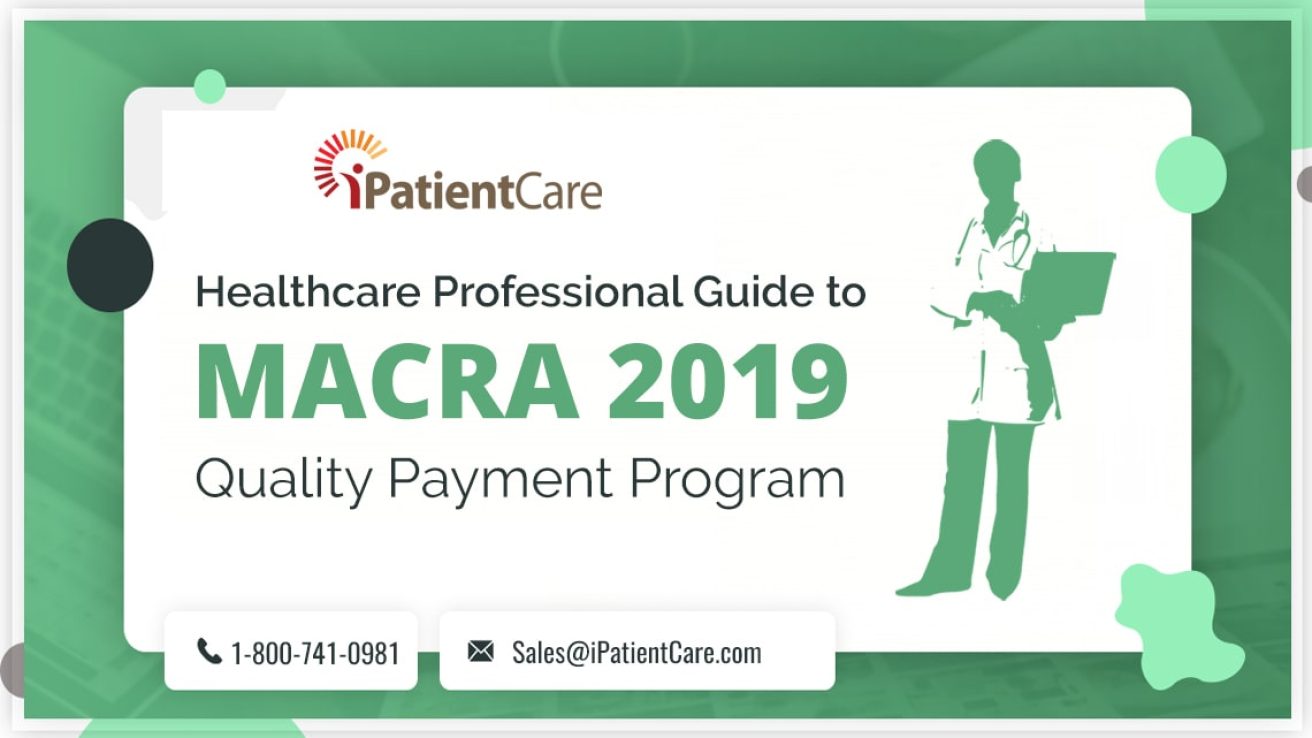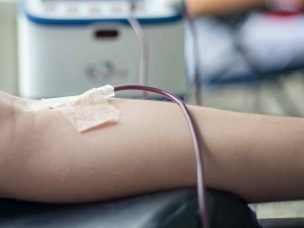The US healthcare system is making a tremendous effort to shift to a value-based payment model. In 2015 the Medicare Access and CHIP Authorization Act (MACRA) was passed. This Act consolidated the various quality payment programs such as the Physician Quality Reporting Systems, Value-Based Payment Modifier and the Electronic Health Record Incentive Programs) into a single program called the Quality Payment Program (QPP). The QPP includes two ways by which value and outcomes are rewarded 1) Merit-based Incentive Payment Systems (MIPS) and 2) Advanced Payment Models (APM) [1].
To be considered for MIPS the following clinician types are eligible [1]
-
Osteopathic practitioners
-
Chiropractors
-
Physician assistants
-
Nurse practitioners
-
Clinical nurse specialists
-
Certified registered nurse anesthetists
-
Physical therapists
-
Occupational therapists
-
Clinical psychologists
-
Qualified speech-language pathologists
-
Qualified audiologists
-
Registered dietitians or nutrition professionals
According to CMS if a physician doesn’t belong to any of the above types, they are exempt from reporting MIPS [2].
Low Volume Threshold:
Clinicians who are a part of the eligible type mentioned above also need to satisfy the following criteria in a 12-month duration:
-
Bill above $90,000 for Medicare Part B professional services
-
See 200 or more Part B patients
-
Provide 200 or more covered professional services to Part B patients
Under MIPS, a provider’s performance is measured against four categories i.e. quality, cost, the use of certified EHR and improvements in clinical practices. Each category is weighted and providers are scored between 0-100. These scores are then used to adjust payments. By the year 2020, a provider’s Medicare payments will be adjusted based on the above four categories, ranging from -9%- to +27% [3].
Some tips for practices to be successful on the MIPS path are as follows:
-
Investing in the right EHR: Regardless of the size of your practice, APTA strongly suggests using a vendor for MIPs reporting due to the complexity of the program. A good EHR system also allows clinicians to spend less time on administrative tasks and concentrate more on their clinical work. Moreover, a robust EHR system would have analytical capabilities that can organize clinical data in a structured and actionable format at both patient and population level [4].
-
Selecting the right Quality Measures: It is important to select measures that have benchmarks. Benchmarks are established using historical data, if available, which is obtained from the PQRS data from 2015. Benchmarks are presented in terms of deciles and points are awarded within these deciles [5].
-
Educating and Empowering Leaders and Staff: Educating staff and other partners on the evolution and consideration for the MIPS criteria and how they can contribute individually to the MIPS score and financial reimbursement.
-
Strategic Future Planning: It is essential for practices or hospitals to strategize and create a multi-year QPP roadmap which matches the organizational goals.
-
Keeping abreast of changes in the MIPS scoring: The QPP program will see some changes through 2022, such as the increase in performance threshold by 15 points per year, making it 65 points by 2022, increasing the cost category weight by 5% per year to a final 30% by 2022, increasing more episode-based cost measures, reducing bonus measures in the PI category, etc [6].
In summary, MIPS serves as an opportunity to move to value-based healthcare which is beneficial to both physicians and patients. As the program amplifies, it will be essential for healthcare organizations to have streamlined methods to obtain effective insights to set actionable goals and relevant strategies to increase engagement within clinicians.
[1] “QPP Overview – QPP.” [Online]. Available: https://qpp.cms.gov/about/qpp-overview. [Accessed: 31-May-2019].
[2] “How do we determine MIPS eligibility? – QPP.” [Online]. Available: https://qpp.cms.gov/mips/how-eligibility-is-determined. [Accessed: 27-May-2019].
[3] D. G. Merrill, “Value-Based Payment in Ambulatory Anesthesia: MACRA, MIPS, and More,” Anesthesiol. Clin., vol. 37, no. 2, pp. 373–388, Jun. 2019.
[4] “Electronic Health Records (EHR).” [Online]. Available: http://www.apta.org/EHR/. [Accessed: 31-May-2019].
[5] S. Rudig, “2018 Quality Measure Benchmarks Overview,” p. 5.
[6] “10 FAQS ABOUT 2019 MIPS,” SA Ignite.










